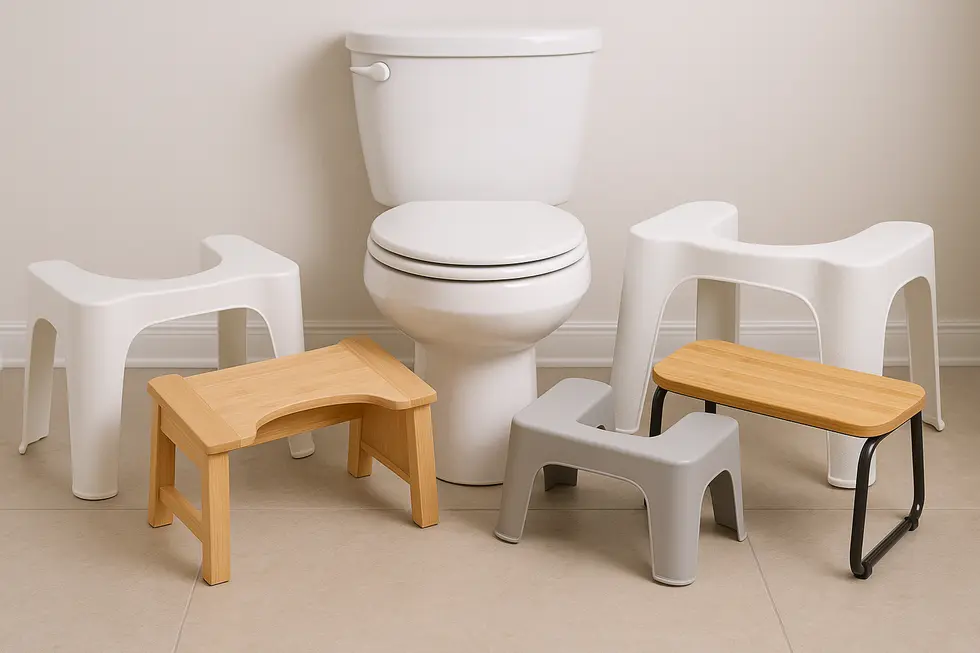Toilet Stools
Squatty Potty vs. Toilet Stools: Which One Truly Improves Your Bathroom Health?
Squatty Potty vs. Toilet Stools: Comfort, Design, and Health Insights
Achieving an optimal position while using the toilet has gained attention with products like Squatty Potty and other toilet stools. These tools promote a squatting position believed to enhance bodily functions. Understanding how Squatty Potty compares to alternatives is vital for users seeking comfort and health efficacy. This article delves into anatomical benefits, user experiences, design variations, market options, and healthcare implications, providing a comprehensive evaluation.
The Anatomical Symphony of Squatty Potty and Toilet Stools
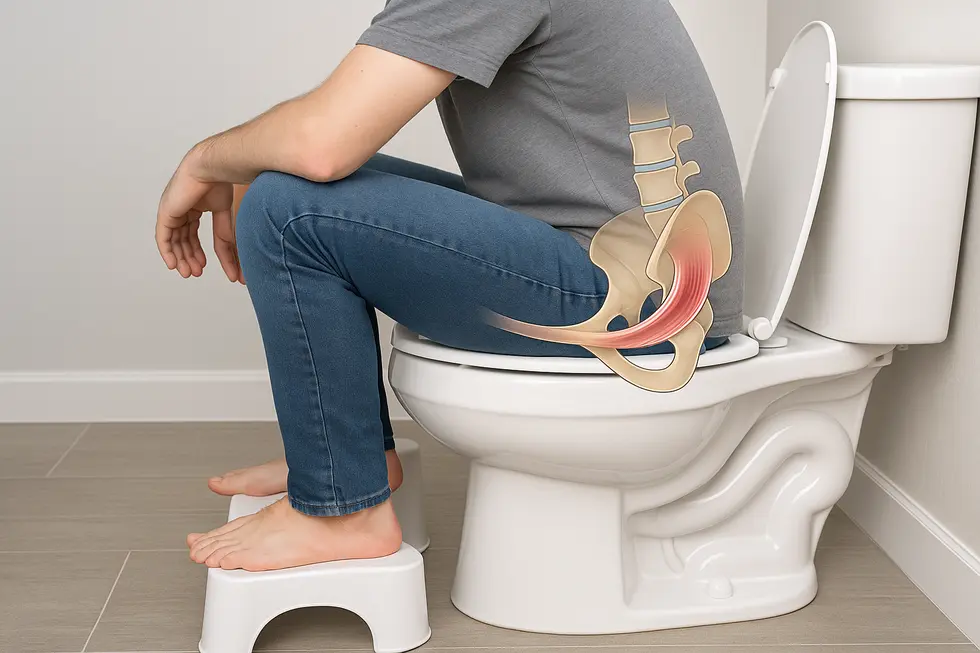
The anatomical benefits derived from using a squatty potty or a toilet stool manifest through their clever emulation of the natural squatting position. This position, angled at approximately 35 degrees, stands in stark contrast to the conventional 90-degree sitting angle offered by most Western-style toilets. The conventional angle criminalizes the natural flow of the colon by introducing a restrictive kink, necessitating straining, which often results in conditions such as hemorrhoids and incomplete evacuation. In contrast, by positioning the feet at an elevated level, both the squatty potty and toilet stools align the knees above the hips, effectively straightening the rectum and alleviating unnecessary strain.
The physiological alignment achieved through these tools not only simplifies the elimination process but also plays a crucial role in maintaining pelvic floor health. Individuals suffering from conditions like IBS or occasional constipation may find these tools particularly beneficial, as the enhanced squatting posture facilitates larger and more efficient bowel passages. Furthermore, the reduction in straining minimizes the risks of developing hemorrhoids and anal fissures, promoting overall bowel health.
For those curious about the benefits of toilet stools in providing relief from constipation, additional resources are available in various health-focused sites, such as this guide on relieving constipation with toilet stools.
Elevating Comfort: A Comprehensive Look at User Experience with Squatty Potty vs. Toilet Stools

When it comes to the user experience of Squatty Potty compared to other toilet stools, a clear distinction emerges in the realm of comfort and functionality. The Squatty Potty, celebrated for its innovative design, allows users to achieve a squatting position that aligns the body for optimal bowel movements. This design includes an ergonomic structure that fits snugly around most toilets, ensuring stability and ease of use. With anti-slip surfaces, users can maintain their footing, experiencing a reduction in straining and a feeling of complete evacuation.
On the contrary, generic toilet stools, while capable of aiding posture adjustment, often fall short in providing the same ergonomic support. These stools may elevate the feet to a degree, but they rarely match the specialized design of a Squatty Potty. Consequently, the level of comfort and efficacy can vary significantly with ordinary stools, often influenced by design materials and user handling. Both options can potentially alleviate constipation and bloating, but the Squatty Potty’s purpose-built design is frequently more effective at enhancing bowel health.
In summary, the decision between these stools often comes down to personal comfort and specific needs. For an optimized squatting posture, the Squatty Potty offers a well-rounded, ergonomic solution. Discover more about the benefits of toilet stools for constipation relief at Are Toilet Stools Worth It?
Explore further about how these stools enhance digestive health by understanding the science behind them through detailed insights available here.
The Nuances of Design and Material in Bathroom Stools
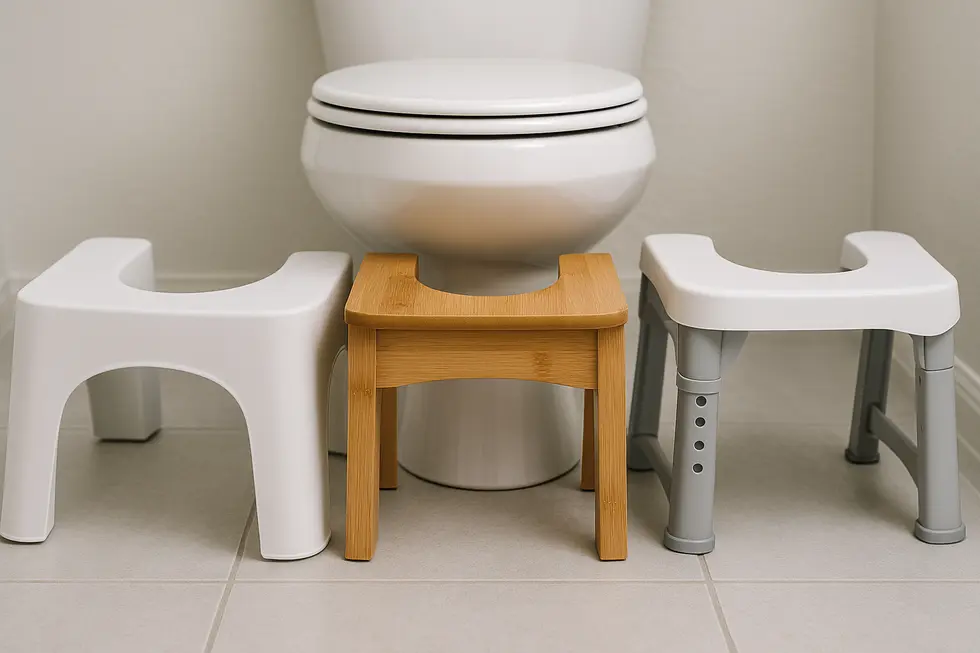
The contrast between the design and materials used in Squatty Potty and other toilet stools sheds light on their utility and customer appeal. Squatty Potty’s hallmark is its ergonomic design that effortlessly slides under toilets when not in use, ensuring it doesn’t clutter the bathroom. Its durable plastic construction offers simplicity and practicality, accentuated by anti-slip surfaces and a slope that positions the heels higher for optimal posture during use. The Bamboo Flip Stool variant caters to aesthetic preferences, providing an eco-friendly option with its sturdy bamboo, while also requiring more care against moisture to maintain its elegance.
In comparison, other toilet stools introduce versatile designs tailored to varying needs. Many foster a similar ergonomic principle with a focus on stability but can differ in their approach, particularly where children’s use is concerned. Material choices range broadly from utilitarian plastics to stylish wood and bamboo, each bringing unique benefits and maintenance considerations. Here, wooden and bamboo designs add a touch of sophistication yet demand vigilance against water exposure. Ultimately, for those pondering if toilet stools are worth it, these products offer compelling benefits by enhancing comfort and health outcomes through improved toileting posture.
Exploring the Diversity: A Comparative Look at Squatty Potty and Alternative Toilet Stools
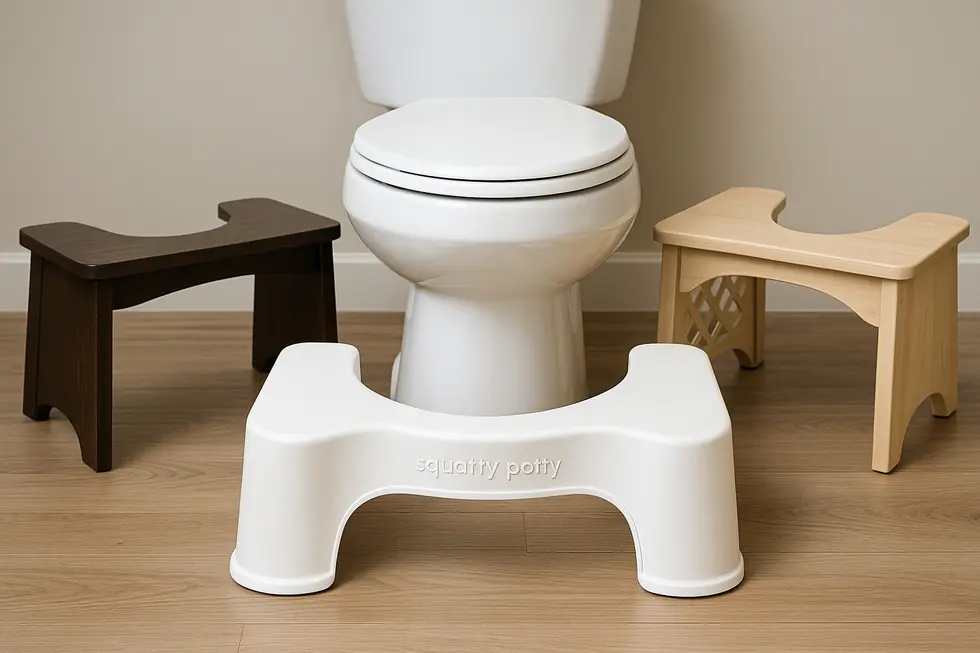
In the ever-expanding market of toilet stools, the Squatty Potty stands out as a widely recognized option, yet it shares space with numerous alternatives that cater to varied preferences. Each product in this niche category is designed to assist users in achieving a more ergonomic squatting posture, potentially enhancing bowel health and comfort during bathroom visits. While the Squatty Potty, notably part of Aterian, Inc., offers models like the Adjustable 2.0, other brands present similar innovations, catering to specific user needs.
Competing products such as the Lidtop Bamboo Toilet Stool emphasize quality and the use of durable materials, aligning with customer desires for elegance and longevity. Meanwhile, options like the Tiawudi Toilet Stool are celebrated for their cost-effectiveness, making them an appealing choice for budget-conscious buyers. Factors including material composition, portability, and height adjustability often sway purchasing decisions.
For those considering their options, diving into user reviews and comparison forums can provide invaluable insights into these products’ performance. While direct resources are limited, engaging with community feedback on platforms like Youtube or health-centric forums aids in making more informed decisions. Exploring these choices could ultimately lead to improvements in personal health and bathroom efficiency, as suggested in this helpful guide.
The Anatomical Advantage: Health Implications of Squatty Potty and its Peers
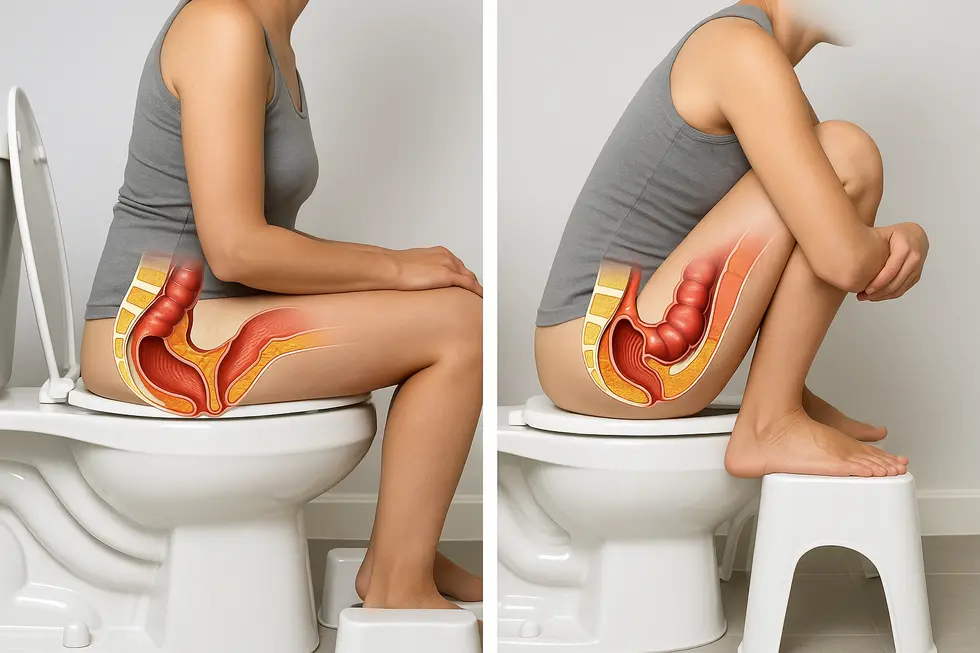
Use of the Squatty Potty and similar toilet stools offers significant health benefits, especially for those suffering from pelvic conditions. By encouraging a natural squatting position, these stools help relax the puborectalis muscle. This relaxation decreases strain during bowel movements, potentially reducing risks of hemorrhoids and incomplete evacuation. Aligning with nature’s design, the position facilitates a straighter rectal path, which experts advocate for those with frequent constipation or pelvic floor dysfunction.
Healthcare professionals emphasize that this anatomically correct posture promotes efficient waste elimination by unkinking the colon. The improved alignment reduces time spent on the toilet, contributing to an enhanced sense of completeness following the movement. For those afflicted with pelvic-related issues, this can signify not just comfort but a significant reduction in associated symptoms. However, it’s advisable to consult a healthcare provider before changing one’s bathroom routine significantly.
Comparatively, Squatty Potty’s famed design clarity and adjustable features set a high benchmark, though alternatives like the Bamboo Flip rival with durable materials and variable heights. The stool’s key role is its ability to elevate feet, ensuring the knees are positioned higher than the hips, which is essential for easier bowel movements. Interested readers can explore further by learning more about adjustable toilet stools.
Final Thoughts
The exploration of Squatty Potty versus traditional toilet stools illustrates significant differences in anatomical support, comfort levels, design preferences, and market diversity. Users should carefully consider these factors alongside healthcare implications to choose the best option that aligns with their needs for improved comfort and well-being in daily routines.
Experience a new standard of clean with PEGABidet—designed for comfort, safety, and independence. Join thousands who trust us to make personal care simple and dignified. Contact us at contact@pegabidet.com.
About Us
PEGABidet is a brand owned by L.A NEXTGEN LLC, based in California. We design intuitive, hygienic, and accessible bathroom solutions that prioritize safety, dignity, and independence. Our mission is to make personal care effortless and empowering for people at every stage of life.

